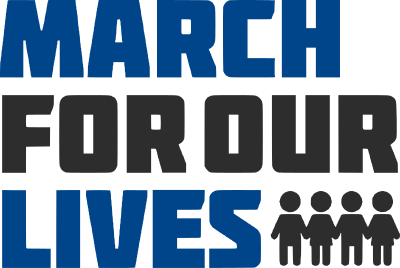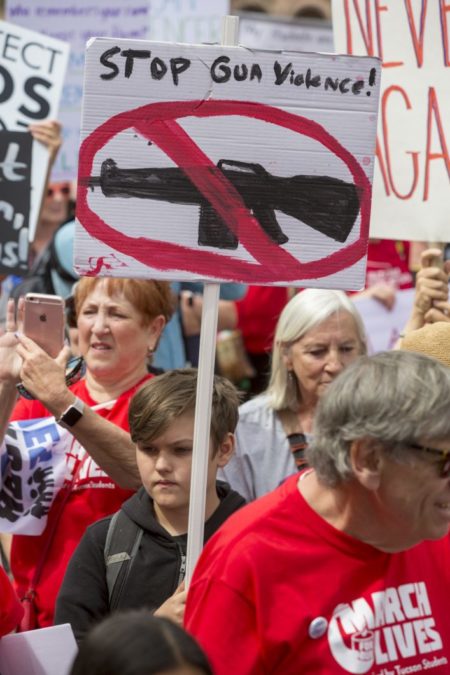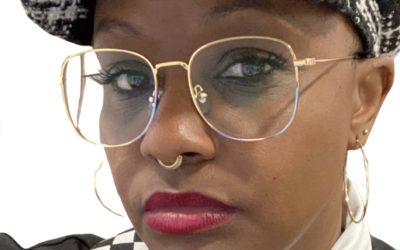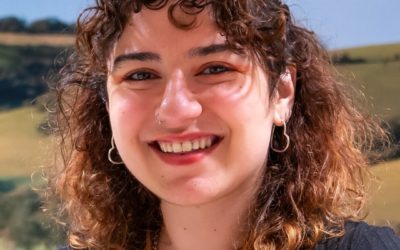Samantha (Sam) Dougherty is a rising senior at Pennsylvania State University who is majoring in political science and minoring in media studies. In alignment with her major, she has written a paper on the intersection of politics with philanthropy.
Read it below.
With public support, philanthropic groups are able to call on the government to address social issues. These groups are the actors that are able to represent and organize millions of people who are advocating for the same cause. Their calls to action can result in impactful change made by the government in response to issues of interest; they have the ability to change the future of society.
The collaboration of politics and philanthropy creates a strong and effective process to
institute change. This is due to the fact that both the government and philanthropy exist with the mutual intention of working towards the common good. The separate sectors aim to fulfill their goals in different ways but their intersection is a vast and full of potential. Philanthropy has the freedom to aid a specific cause; whereas government is responsible for so many areas of public life. The Center on Philanthropy and Public Policy notes, “As institutions, foundations and government have an array of resources that they can contribute to address common social problems. And, because each strives to achieve greater capacity and impact, they are motivated to explore the promise of working with each other” (Philanthropy and Government Working Together: The Role of Offices of Strategic Partnerships in Public Problem Solving). This quote supports the idea that the two institutions have a causal relationship where they can utilize one another to achieve common goals.
I see the most major intersection of politics and philanthropy through modern social
movements such as gun violence advocacy and prevention. In 2018, seventeen students were killed by a gunman at Marjory Stoneman Douglas High School in Parkland, Florida. Following the tragic shooting, students founded an activist organization called March For Our Lives. The group advocates for major changes in gun policy such as a ban on assault rifles and more stringent background checks before purchase (CNN). In addition to the March For Our Lives group pushing for tangible political change, they also inspired a national movement. Students across the United States walked out of their schools in a stance of civic solidarity. The students’ goal was to have their voices be heard in demanding an end to gun violence. Using the tools of direct government petitioning and philanthropic momentum, this social movement caught global attention. A movement with an impact as great as the March For Our Lives organization
showcases the inspiring product of the intersection of philanthropy and politics.

Another modern example is Black Lives Matter, which, like March For Our Lives, also conjoins as a social movement and philanthropic organization. The movement, which began as a hashtag on social media, #BlackLivesMatter, is now a globally recognized symbol of empowerment and a fight for justice. The movement began after a man named Trayvon Martin was murdered by police and the officer was fully acquitted. Today, the Black Lives Matter Global Network Foundation is actively working, in multiple countries, towards racial equality. The philanthropic organization describes their mission as, “…to eradicate white supremacy and build local power to intervene in violence inflicted on Black communities by the state and vigilantes. By combating and countering acts of violence, creating space for Black imagination and innovation, and centering Black joy…” (Black Lives Matter). The movement led by this organization has led politicians to work towards passing bills on a local and federal level to reform the system of policing, punish officers for use of excessive force, and combat the systemic problems that contribute to racism and an unequal justice system.
The social and political impact of this organization, especially in the past few years, has broken the scale of possibility. The reach and widespread positive reception of the movement is evidence that politics and philanthropy, in collaboration, can enact unequivocally productive change.
Featured image: © Scott Griessel | Dreamstime.com
Unidentified boy with sign at March for Our Lives gun violence protest organized by youth. March 24, 2018 in Tucson, AZ, USA.


